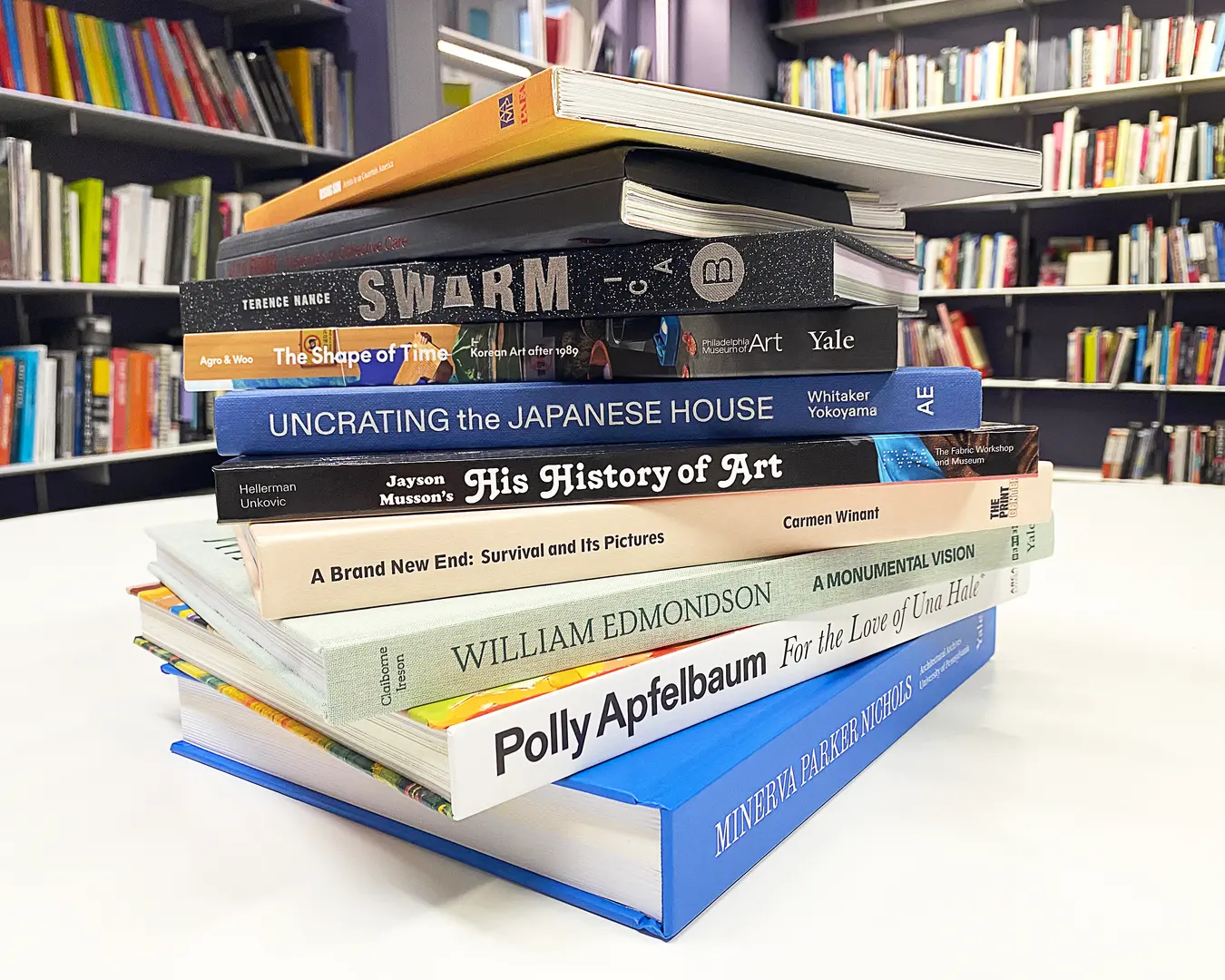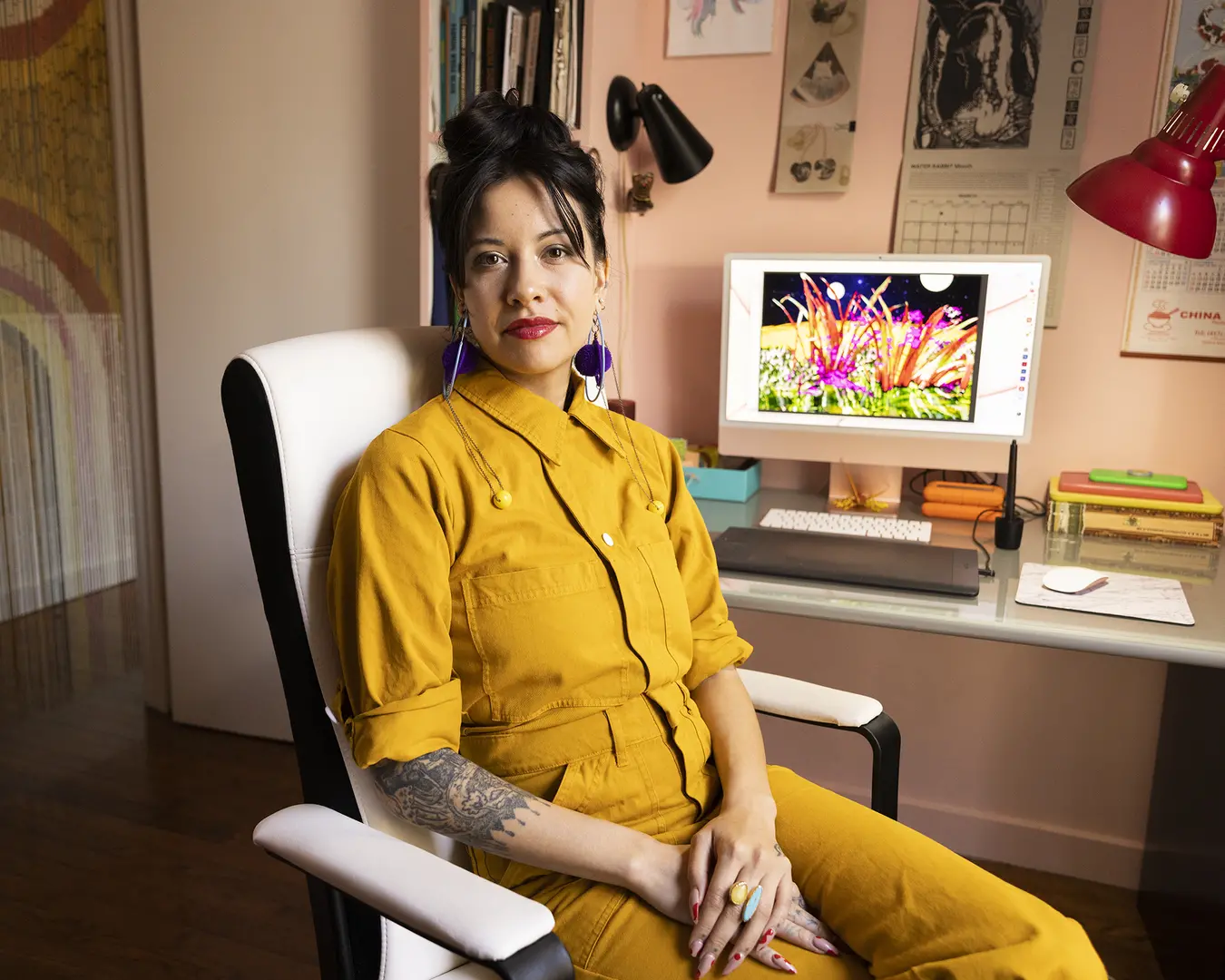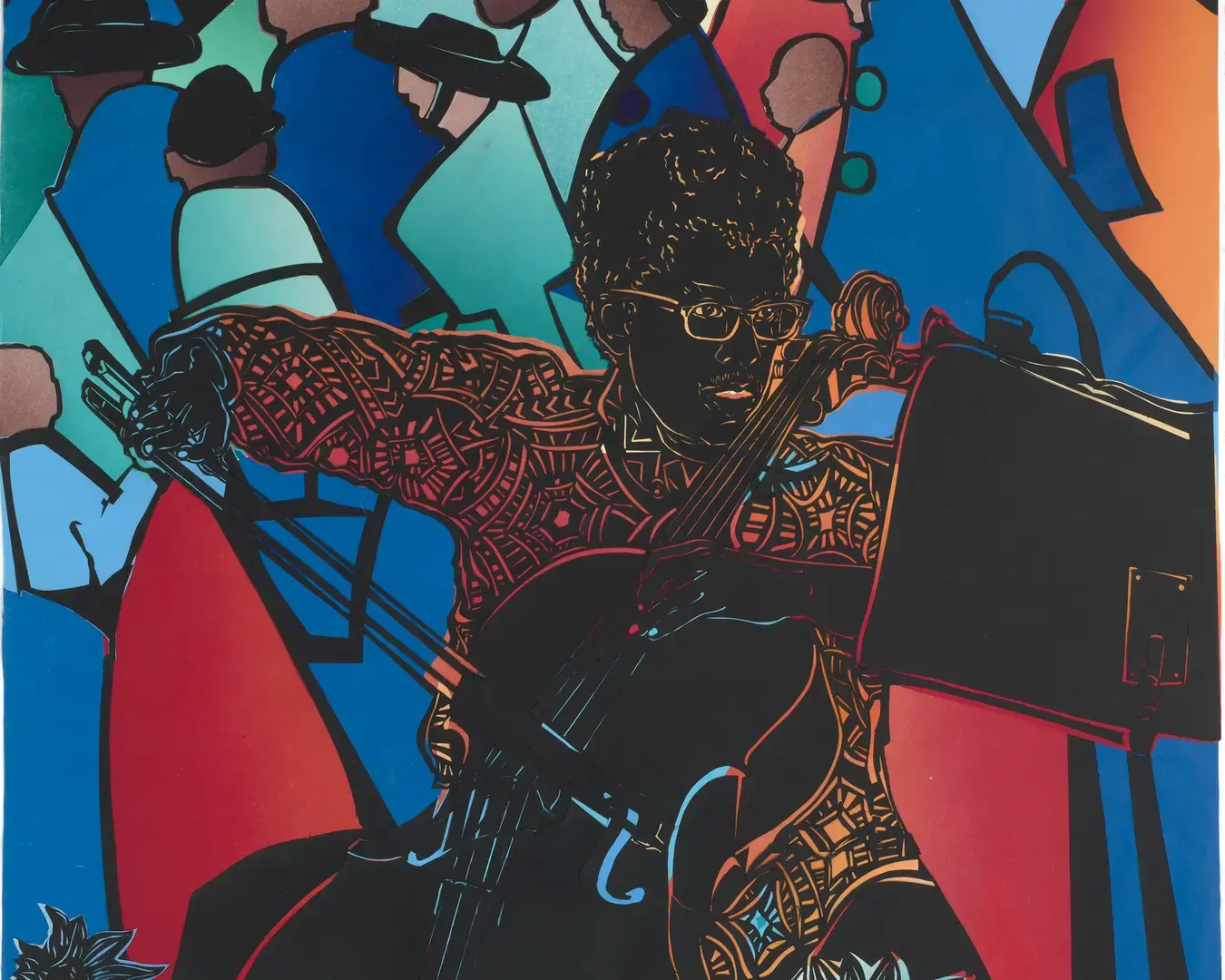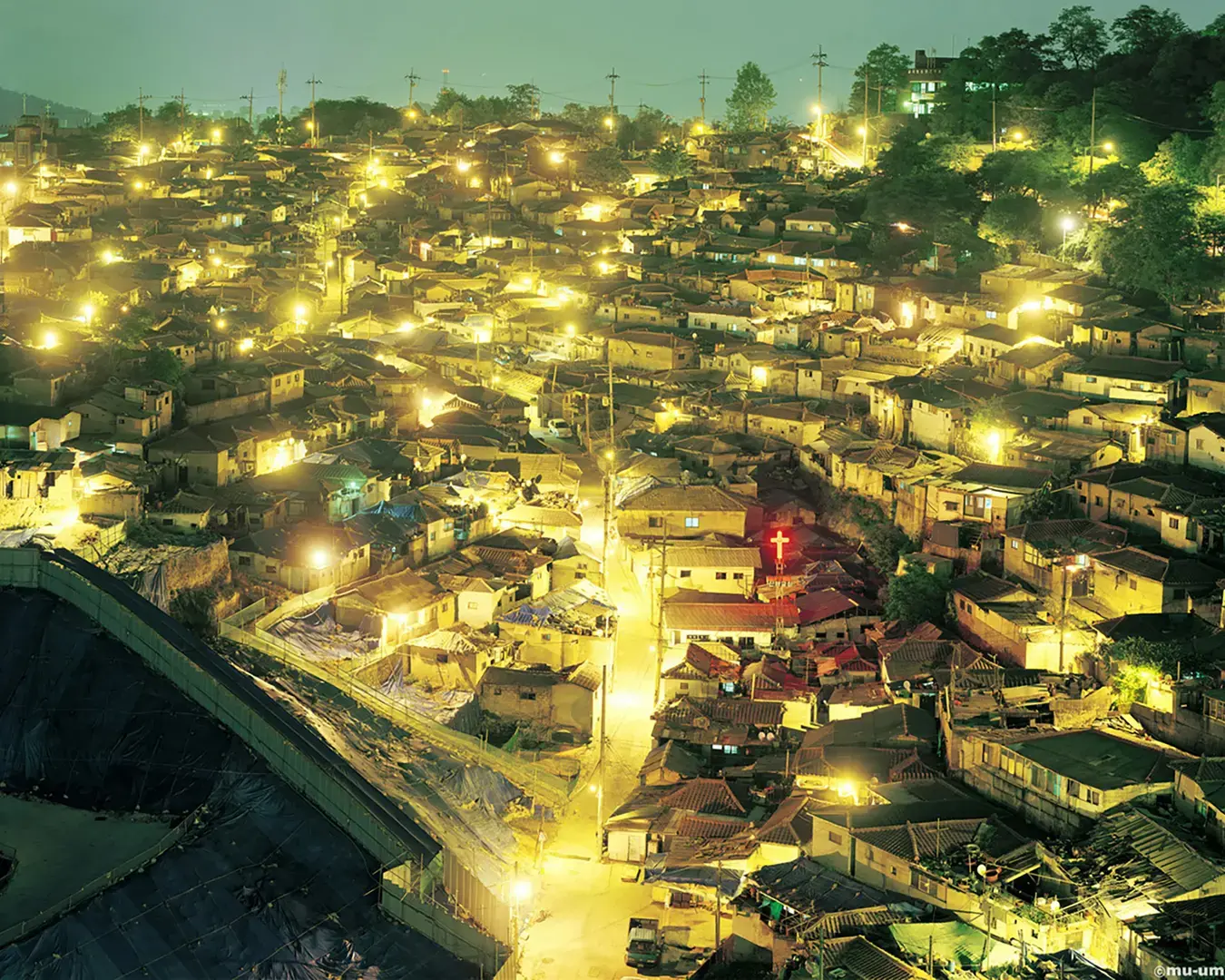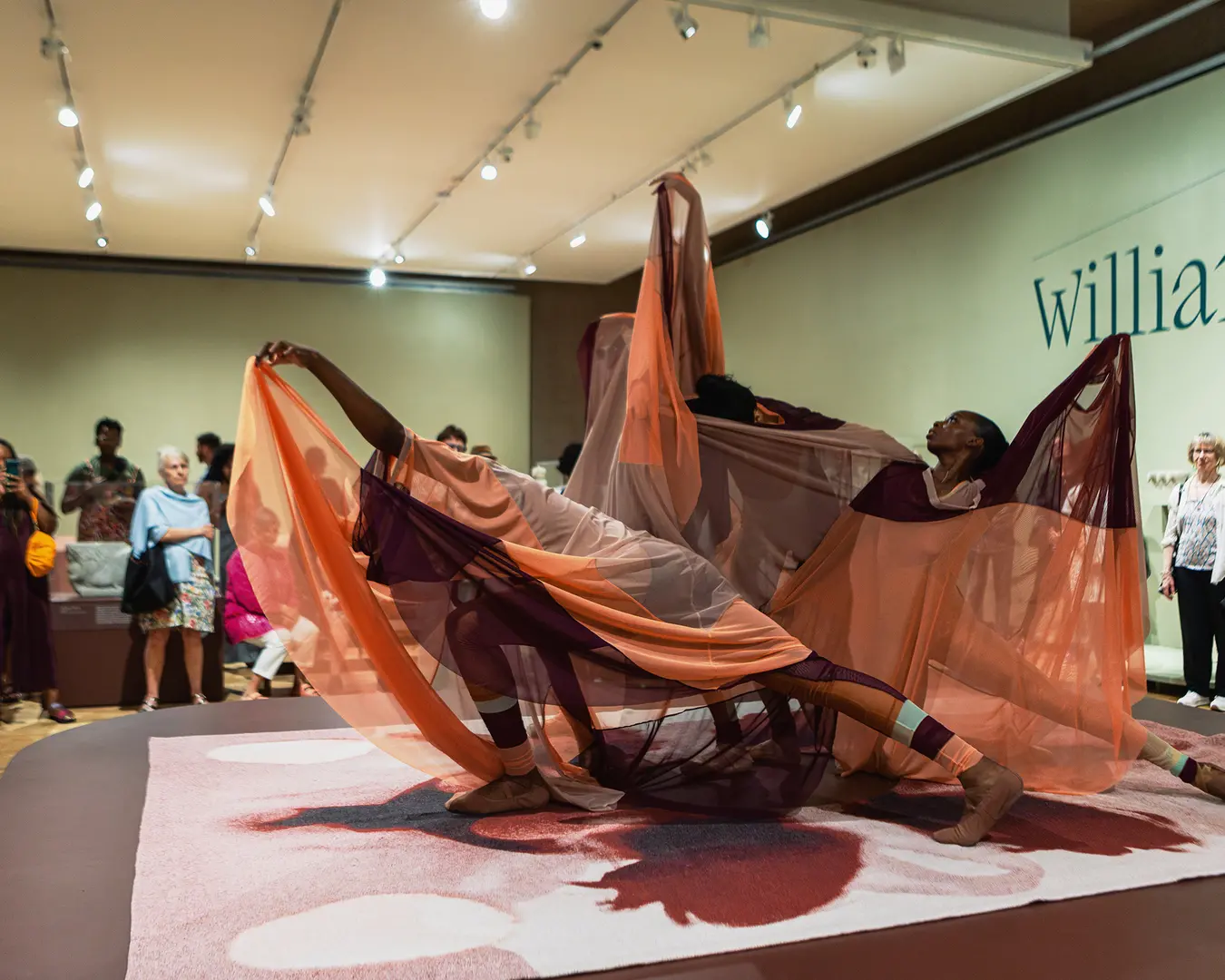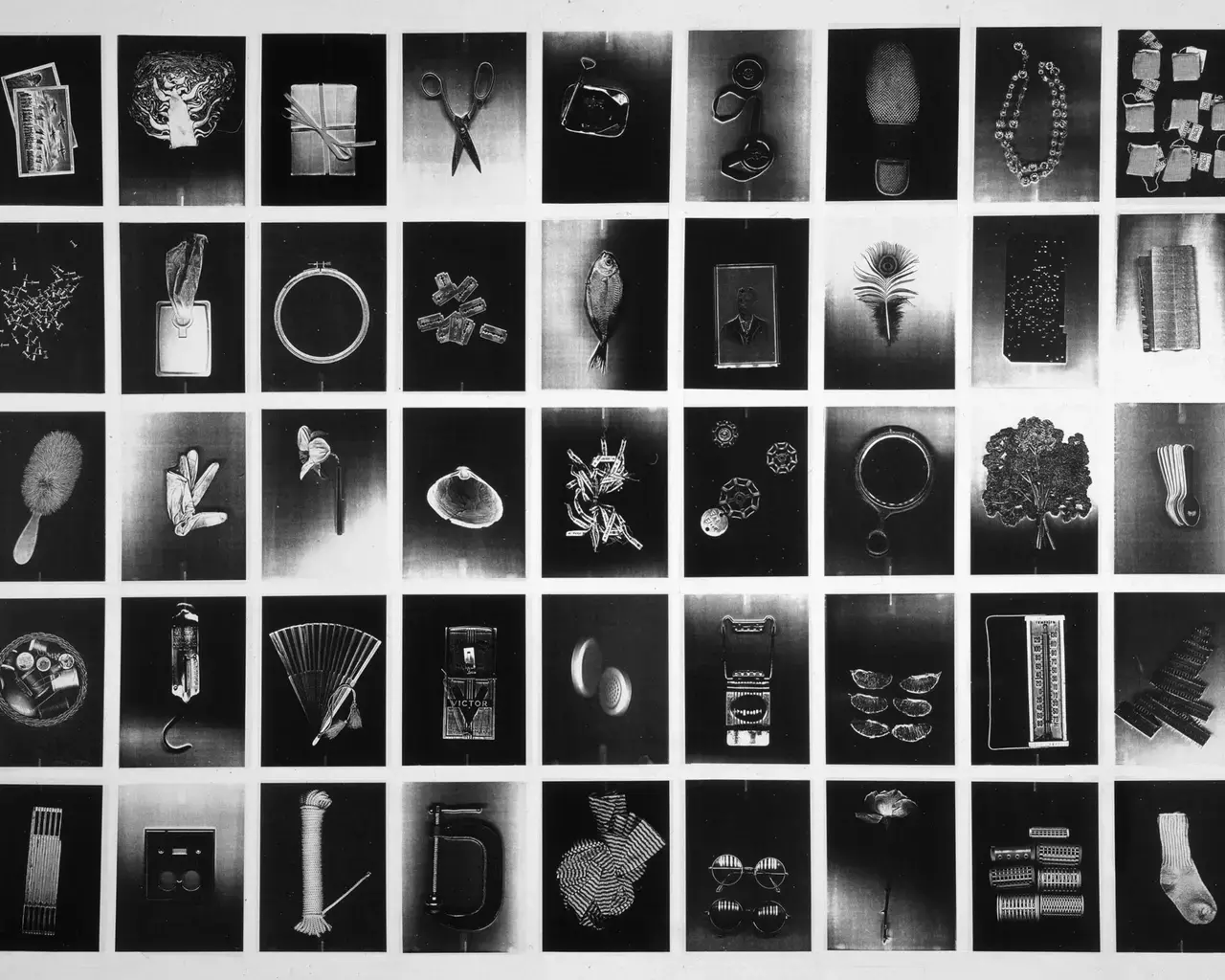
In recognition of Women’s History Month, we take a look back and a look forward to Center-supported projects celebrating the brilliant and groundbreaking work of women artists and their important contributions to art and cultural history.
In her enduringly influential, still cogent 1971 essay Why Have There Been No Great Women Artists?, art historian Linda Nochlin (1931-2017) wrote, “The question of women's equality—in art as in any other realm—devolves not upon the relative benevolence or ill-will of individual men, nor the self-confidence or abjectness of individual women, but rather on the very nature of our institutional structures themselves and the view of reality which they impose on the human beings who are part of them.”
The shows surveyed here are a testament to the important challenges to and successful amplification of the institutional status quo made by so many women artists, including those spotlighted here, whom the Center has been honored to support over the last several years.
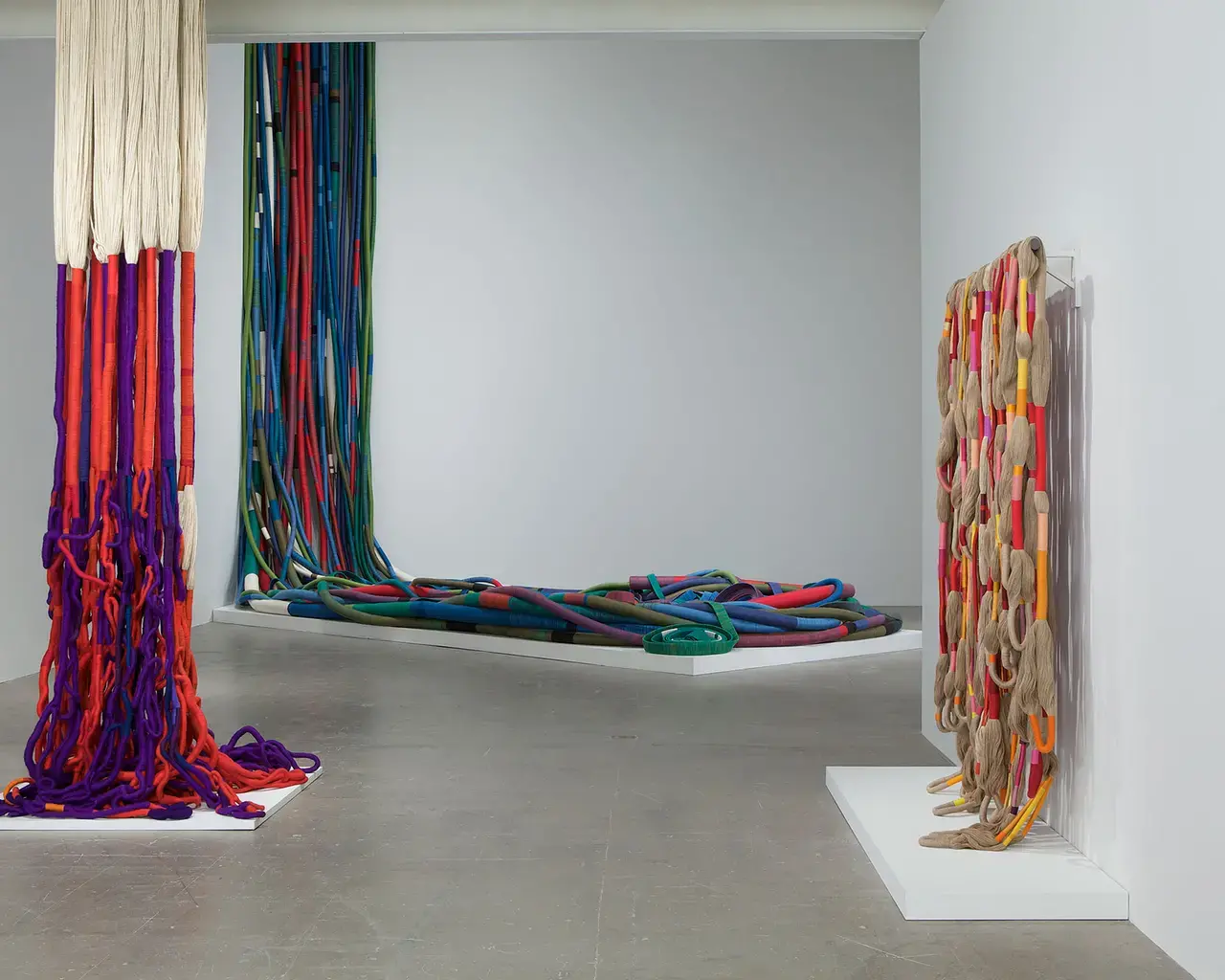
Artists Making History
The Center has supported a number of major retrospectives on women artists, many of which toured to venues in the US following Philadelphia debuts and resulted in publications offering new scholarship on significant artistic figures.
Two notable examples were presented by the Institute of Contemporary Art at the University of Pennsylvania (ICA). In 2011, the ICA presented Sheila Hicks: 50 Years, which featured more than 90 of her most important works, including two- and three-dimensional works in fiber that were at the forefront of experimentation in sculpture. In 2015, the ICA surveyed of the work of photographer Barbara Kasten that situated her legacy and expansive multi-disciplinary practice in relationship to contemporary art beyond a strictly photographic history, including a new, large-scale video and light sculpture by Kasten.
That show, Barbara Kasten: Stages, prompted us to ask several artists to consider the question, When are we contemporary? Read how choreographer Anna Halprin and artists Barkley L. Hendricks and Peter Saul responded.
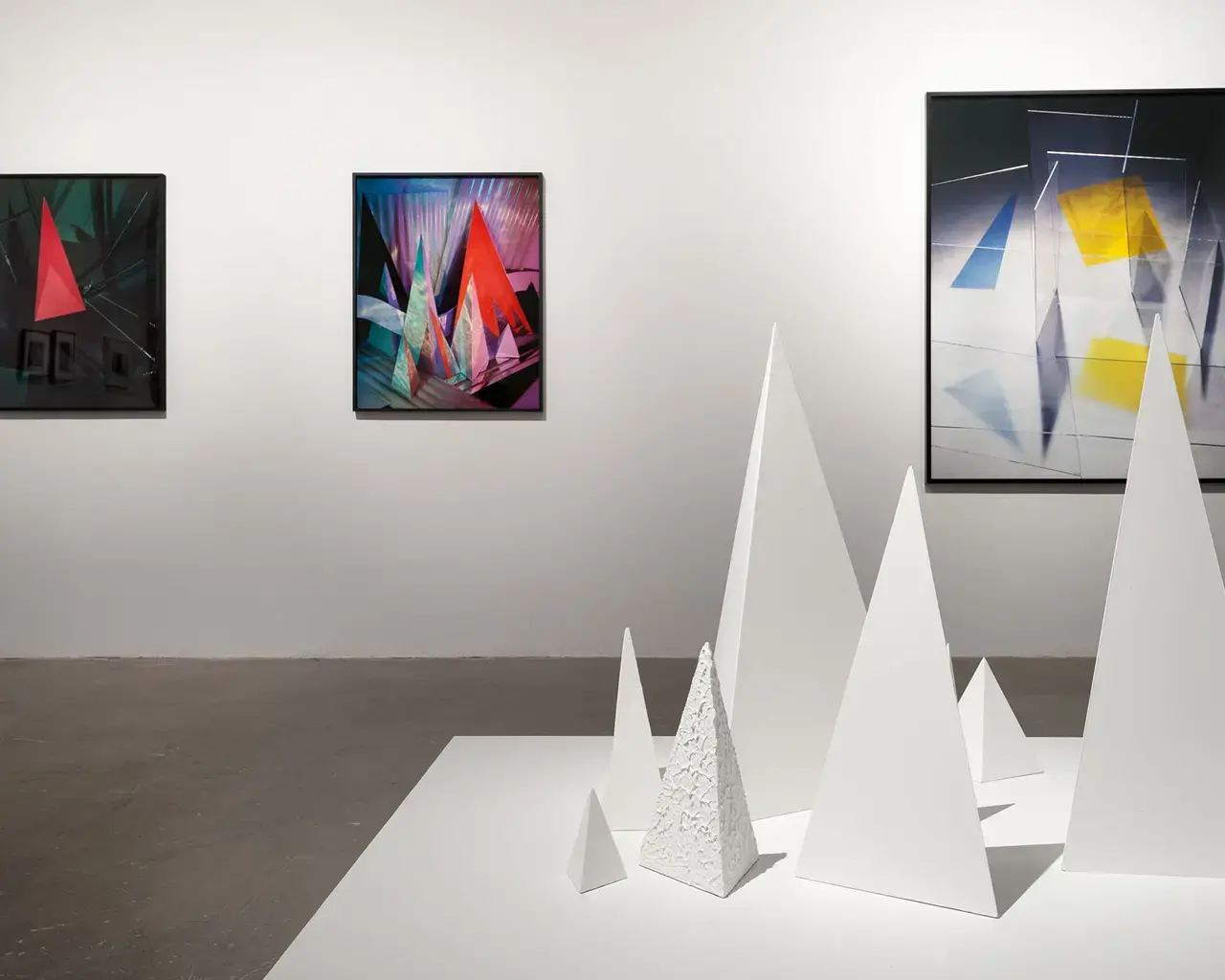
In 2016, Arcadia Exhibitions examined Pati Hill’s pioneering use of the photocopier as an artistic tool in the 1970s in Pati Hill: Photocopier. “Her works are unusual in that they do not perform feminism; they do not present her body, or ask for your gaze, or play on your guilt,” observes a Hyperallergic review of the show. “They exist, with an extraordinary matter-of-fact poeticism, as documents of the interior life of an irrepressible woman.”
Other retrospectives include the Galleries at Moore College of Art & Design 2000 exhibition Valie Export: Ob/De+Con(Struction) on the Austrian multidisciplinary artist known for her photographs and experimental performances and the University of the Arts 2002 exhibition Yvonne Rainer: Radical Juxtapositions 1961-2002, which considered Rainer’s work as both a dance innovator and award-winning filmmaker.
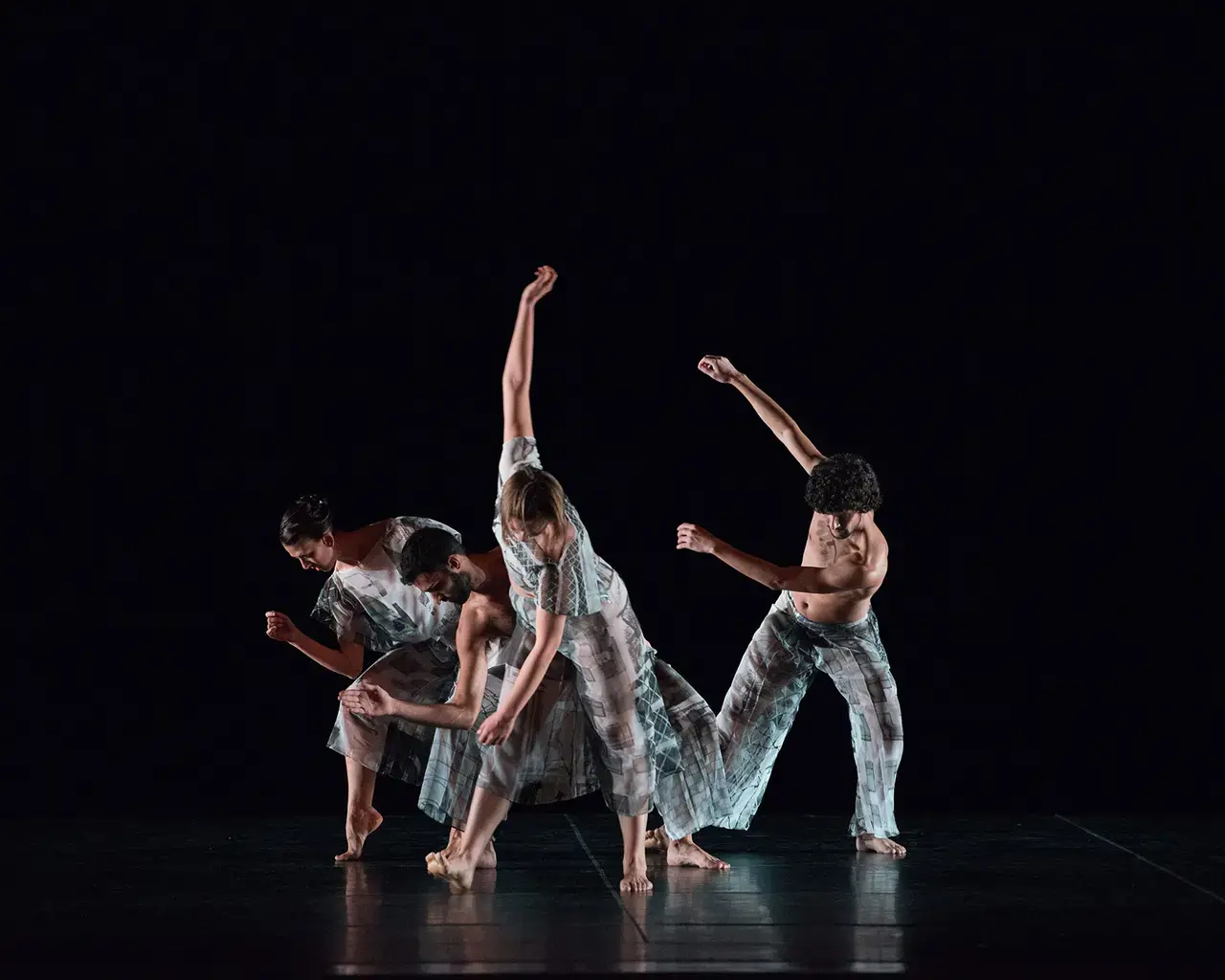
Center grants have supported new investigations of performance-based artists. Bowerbird’s Maryanne Amacher: Perceptual Geographies (2019) interpreted the artist’s striking combinations of sound, installation, and architecture through two concert presentations and a performance installation. Bryn Mawr College’s Trisha Brown: In the New Body (2015–16) presented select dances by the choreographer, an internationally known leader of post-modernism and an enduring renegade whose work had rarely been seen in Philadelphia.
In addition to FringeArts’ presentations of Lucinda Childs’ Dance in 2010 (a 1979 collaboration with visual artist and filmmaker Sol LeWitt and composer Philip Glass) and Available Light in 2015 (a multidisciplinary work by Childs, architect Frank Gehry, and composer John Adams), The Pew Center for Arts & Heritage produced a multimedia, digital publication on the choreographer’s early dances: A Steady Pulse: Restaging Lucinda Childs, 1963–78.
Other Center-supported projects have highlighted women’s roles more broadly in artistic movements. In 2017, curator Kelsey Halliday Johnson presented Making/Breaking the Binary: Women, Art, & Technology 1968-1985, which surveyed a generation of pioneering female artists, relating their work to the technology innovators who helped shape the information age. In 2010, the University of the Arts presented Seductive Subversion: Women and Pop Art 1958-1968, the first major exhibition of women pop artists, which catalogued their many contributions to the genre and resituated their place within the Pop canon.
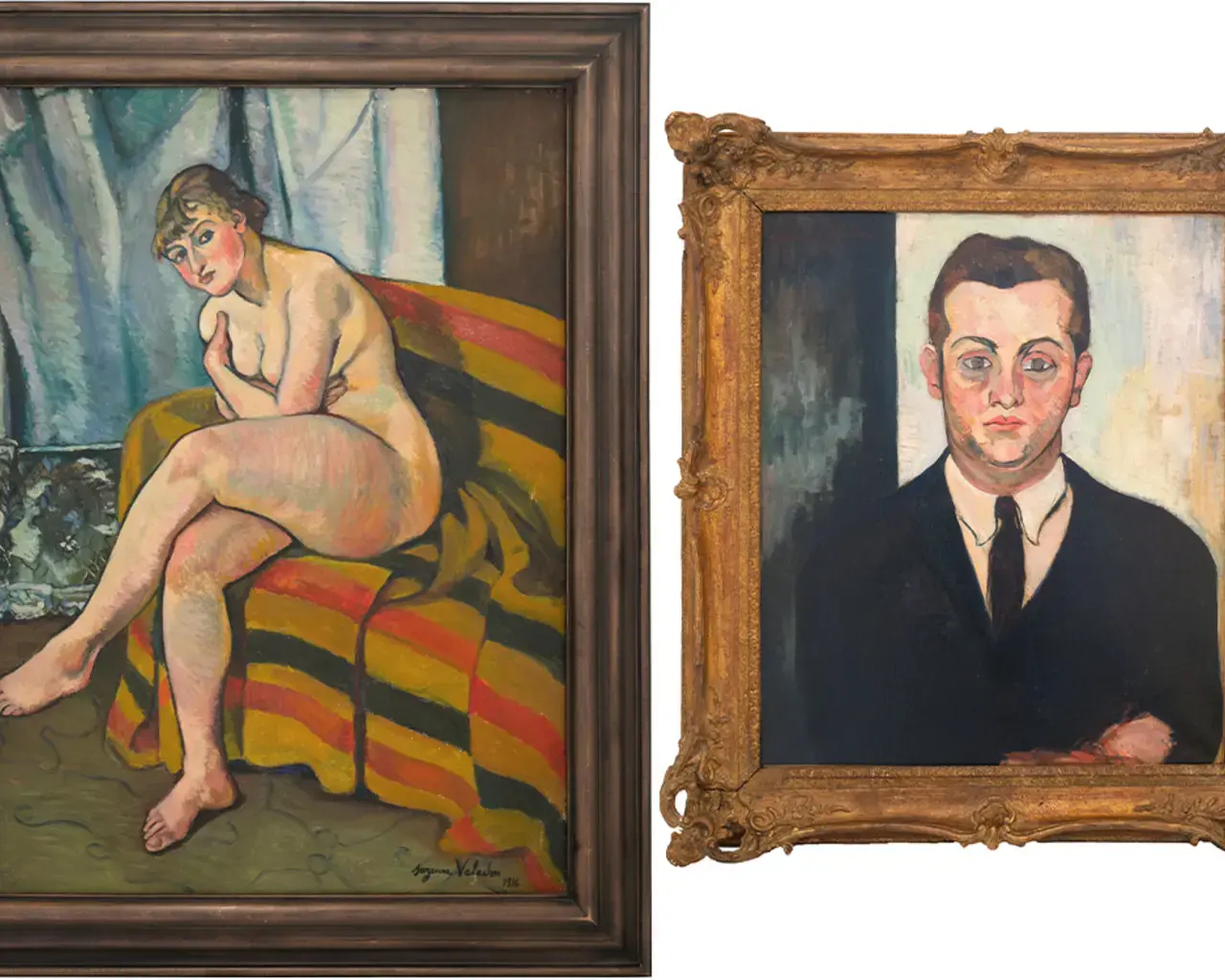
On the Horizon: Reexamining Women’s History
The Center remains committed to supporting women artists of the past, present, and future. Look for these inspiring projects opening in the coming months.
Suzanne Valadon: Model, Painter, Rebel
The Barnes Foundation
In fall 2021, a monographic exhibition on French painter Suzanne Valadon (1865–1938) will consider her under-recognized contributions to early 20th-century art and contemplate themes of female desire and physicality, marriage, and motherhood.
Awakening
FringeArts
A contemporary chamber opera will tell the story of a 21st-century Black woman exploring her spirituality and purpose through the legacies of 19th-century Black women leaders.
Designing Motherhood: A Century of Making (and Unmaking) Babies
Maternity Care Coalition
Beginning this spring, a multi-site exhibition, catalogue, and series of public programs will investigate 100 designs that have defined the material culture and experience of maternity over the last 100 years.
Be Alarmed: The Black Americana Epic, Movement III - The Triple Deities
Tiona Nekkia McClodden
Also coming this spring, a multimedia performance will merge art song, exhibition, film, and sculpture to examine Black woman intersubjectivity within the context of American society, drawing from an art song composed by Florence B. Price—the first African American woman to have a composition performed by a major American symphony orchestra.
The Tattooed Lady
Philadelphia Theatre Company
A new musical will foreground the bravery, artistry, and bodily autonomy of a group of women who embraced personal transformation through tattoos in a fictional tale of a bond between mother and daughter wedded to a historical survey of women sideshow performers.
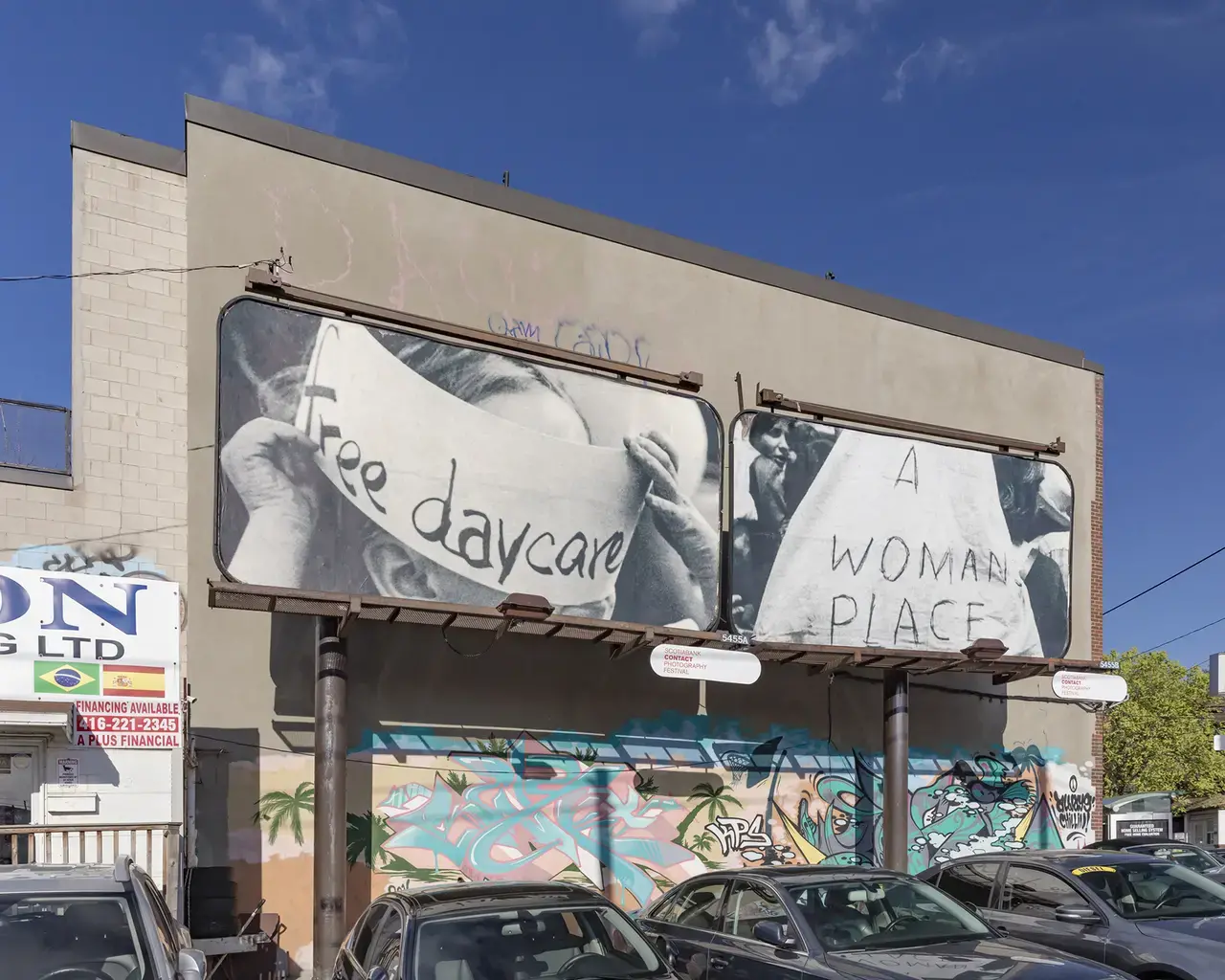
I Re-Emerge: Imaging the Self
The Print Center
A solo exhibition of photo-based work by Carmen Winant will reflect on historic and contemporary visual representations of women’s oppression, liberation, and self-expression.
Rosine Association 2.0
Swarthmore College
An art and archive-based project will reinterpret the mission of the Rosine Association, co-founded by Quaker activist Mira Sharpless Townsend in 1847 to help struggling women of that era.
What Minerva Built
University of Pennsylvania Stuart Weitzman School of Design
The first exhibition to survey the work of architect Minerva Parker Nichols (1862–1949) will reexamine her significant contributions to Philadelphia’s built environment and spotlight the broader legacy of women in design.
